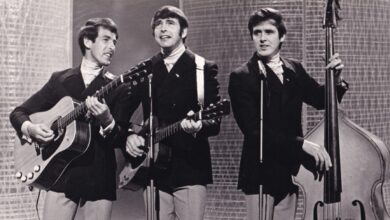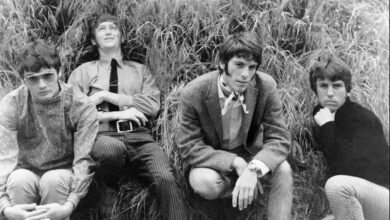One can only imagine how thrilled Beethoven would have been by this extraordinary spectacle
It’s often said that everything is bigger in Texas, but that notion might pale in comparison to the sheer scale of Japan’s annual choral spectacle. While the Rockin’ 1000 may dazzle as a massive musical group, Japan’s yearly December tradition dwarfs it. Since 1983, a choir of 10,000 voices has gathered to perform the awe-inspiring choral finale of Beethoven’s Ninth Symphony. When combined with the accompanying orchestra, this performance becomes a monumental celebration of music.
The breathtaking event captured in the video below took place in December 2011. Under the baton of Yutaka Sado, who has served as the choir’s General Director and conductor since 1999, the performance is nothing short of magical. A distinguished conductor, Sado studied under the legendary Seiji Ozawa and Leonard Bernstein. His expertise extends beyond Japan; in 2015, he became the Music Director of the Tonkünstler Orchestra, Austria’s oldest orchestra, which debuted in 1907.
Comments on the performance highlight its universal appeal. Jonathan Lauzon eloquently describes the experience as, “Composed by a German legend, sung by a Japanese multitude, gave chills to a Canadian nobody.” Similarly, GoodVibes1997 admires the impeccable execution, saying, “As a German, I’m impressed by the perfect pronunciation, the orchestra & the sheer number of musical talent.” It’s even more remarkable knowing that most of the singers are amateurs, blending seamlessly with professional soloists and a chamber choir. The selection process is highly competitive, making participation a coveted honor.
In Japan, Beethoven’s Ninth Symphony has become synonymous with the holiday season. Across shopping malls, community centers, and concert halls, performances of the symphony abound during December. The iconic “Ode to Joy,” from the fourth movement, is often sung as a communal celebration of peace, hope, and joy. The choral section’s lyrics, adapted from Friedrich Schiller’s 1785 poem, resonate deeply with audiences worldwide. Below, a touching mini-documentary offers a glimpse into the 10,000-voice annual performance of this timeless piece.
Reflecting on his role, Yutaka Sado shares the challenges of conducting such a vast choir. He explains, “Having 10,000 singers is amazing, but if they’re not into it, it would be depressing. I need to make them feel like they’re not one of 10,000; that everyone has the main role. That’s been my biggest challenge from the first year and still is today.” His words capture the heart of the performance, emphasizing the importance of individual connection within the collective.
The roots of Beethoven’s Ninth Symphony in Japan trace back to an extraordinary story from World War One. During the conflict, around 1,000 German prisoners of war were held at Bando Camp in Japan. Unlike many wartime facilities, the camp fostered humane conditions, encouraging cultural and sporting exchanges between the prisoners, guards, and locals. Among the detainees was Paul Engel, a German musician who was permitted to teach music both within and outside the camp, laying the groundwork for the symphony’s introduction to Japan.
Remarkably, the camp evolved into a cultural hub, boasting two orchestras with 45 members each, two brass bands, and two choirs comprising 60 members each. After months of preparation, over 80 prisoners performed Beethoven’s Ninth Symphony in Barrack One on June 1, 1918. This historic performance marked the symphony’s debut in Japan and laid the foundation for the country’s enduring connection to the masterpiece.
The tradition of the 10,000-strong Daiku, named after the Japanese word for “nine,” persisted even during the challenges of the COVID-19 pandemic. In 2020, celebrating Beethoven’s 250th birthday, the event transitioned to a virtual format for the first time. Singers from across the globe contributed 11,961 video submissions, which were seamlessly integrated with a live orchestra. By 2021, the event adopted a hybrid model, combining live and virtual performances. Witness this incredible adaptation in the video below:
The cultural significance of the “Ode to Joy” in Japan is profound. Toshiaki Kamei, director of the All-Japan Association of Daiku Choral Societies, emphasizes its unifying power. He states, “Nowadays, we observe many conflicts between different religions or different ethnic groups happening around the world. We believe singing Daiku together with people from various cultural backgrounds helps us learn to accept diversity and promote world peace.” This enduring message of harmony continues to inspire audiences and participants alike.



